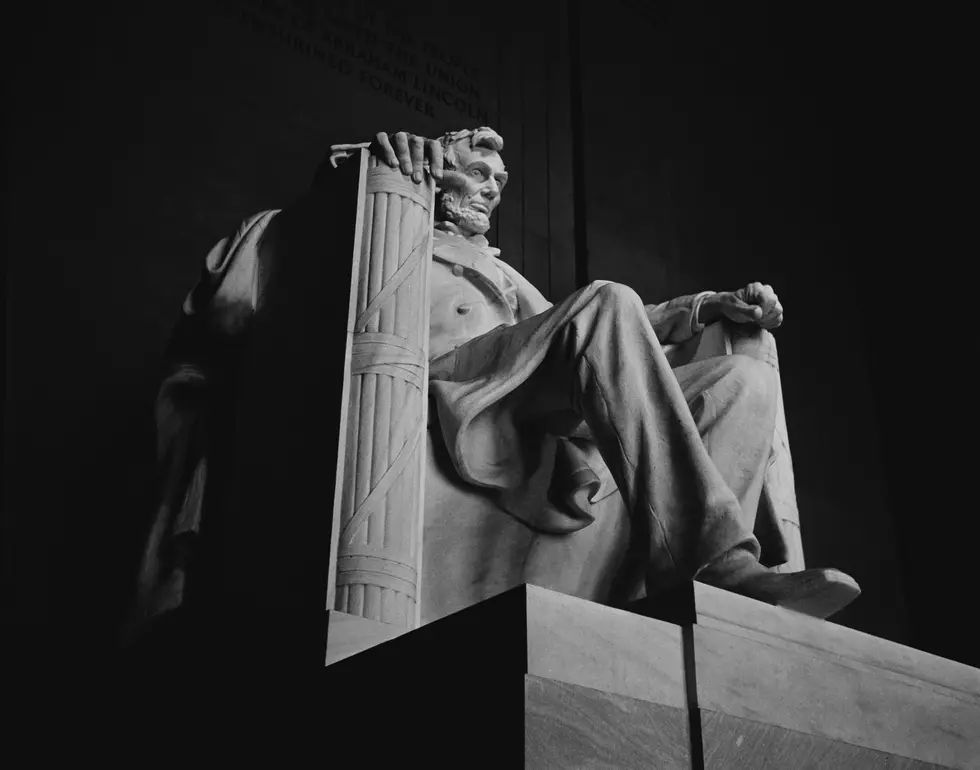Gallery: The Backyard Ombudsman: How To Identify Birds!
[/caption]We’ve heard the song, “Who’s that doggie in the window“. We’ll maybe you are singing, “Who’s the birdie at my feeder”. This is a big question that runs through many of those who have set up feeders in their backyard network. Don’t be discouraged. In my experience, the most expert of birders are great companions in bringing along those who are beginning. This may be you. It takes time to identify birds as some of them do look fairly similar, especially from a distance. We hope that this article will help you to better identify birds at your bird feeding station.
To identify wild birds is an art in and of itself. But with persistent practice, you will be able to identify wild birds too. The challenge of being able to identify wild birds is one of the thrills of most bird watcher’s. The art can be very overwhelming and, at times, frustrating, but there are some great tips to help you with the challenges that come with identifying birds in your backyard.
There are not only tips in wild bird identification, but also some questions that you will want to ask yourself when you come upon an unidentifiable bird in your neck of the woods.
- Looking At A Bird. The most important piece of advise that I could give any beginning birder, when identifying an unfamiliar bird is to look at the bird and not at the bird identification guide in your pocket. I’m not saying that you should not pack one, you should, but that shouldn’t be the first thing you flip to. One good reason, among a few, is that by the time you get your handy, dandy bird guidebook out, the bird may be long gone, but you will still have your field guide. Get a quick impression of the bird you are trying to identify and ask yourself some questions.
- What the the most noticeable thing about this bird? How big is the bird? Three features you should notice right away are: Appearance (color), Size and Shape. For an example you could take the Cardinal. Right away you would see that he is read, black, medium tall with a fairly squared top head. A general impression of the avian visitor you are observing is a great starting point in identifying back yard birds, or any other bird for that matter.
- Bird Bills ~ Experts have taught to pay particular attention to the birds bill. Bill shape and size often indicate to which family a bird belongs. A bird family has been defined as, “Made up of bird species that are closely related and share many characteristics“. An example of this would be the sparrow. They have short, thick bills. Mockingbirds have long, thin bills, and typically have a downward curve to them.
- Bird Wings ~ Is the back of the bird darker or lighter than the head or the belly? Are there spots, streaks? What is the pattern of the wing notches, and color of the primaries on the upper wing? Wing Bars, which are the pale tips of greater and median secondary coverts on the wing. Are the wing bars present or not?
Flight patterns are another way to identify birds in your backyard network. Some birds, such as finches and woodpeckers, rise and fall as they intersperse flapping with gliding. Their flight patterns differ from, say, birds of prey. They tend to have their own flight style. Red-tailed Hawks fly with deep, regular wing beats or soar in circles on broad wings. Whereas the Sharp-shinned Hawk gives just a few stiff flaps and then glide. Falcons fly with powerful beats of their sharply pointed wings. I think you get the idea.
Once a bird launches, you can get a feel for what kind of bird it is simply by attitude, rhythm and movement. Do they bounce, or glide? What is their approach to a feeder? Like the robin, who will bounce up to a perches verses the mockingbird who flutter’s when they come upon a perch.
The ideas of identifying birds are endless and we certainly would not be able to post them all here. I hope that some of the traits to look for when you are bird watching, will help give you some points to look for when identifying birds. Remember that you should try and identify the bird first, before breaking out your hand book. The bird may soon be gone, but your hand book will be with you for the remainder of the trip. Let us know what types of birds you have spotted in your neck of the world by contacting me at: www.wildlifehouses.com
As always, Happy Birding to you and yours from Ken - The Backyard Ombudsman!
[/caption]
Ken “The Batman” Rudman is resident of Wyoming. He is also a writer, businessman and a promoter of bird and bat preservation, natural insect control, and a “how-to” guy to help people build up their backyard network in attracting song birds, feeders, artificial houses, facts and more. Send your questions, ideas, article requests and inquiries to Ken - The Backyard Ombudsman- at his email address: mailto:wildlifehouses@yahoo.com
More From KGAB









